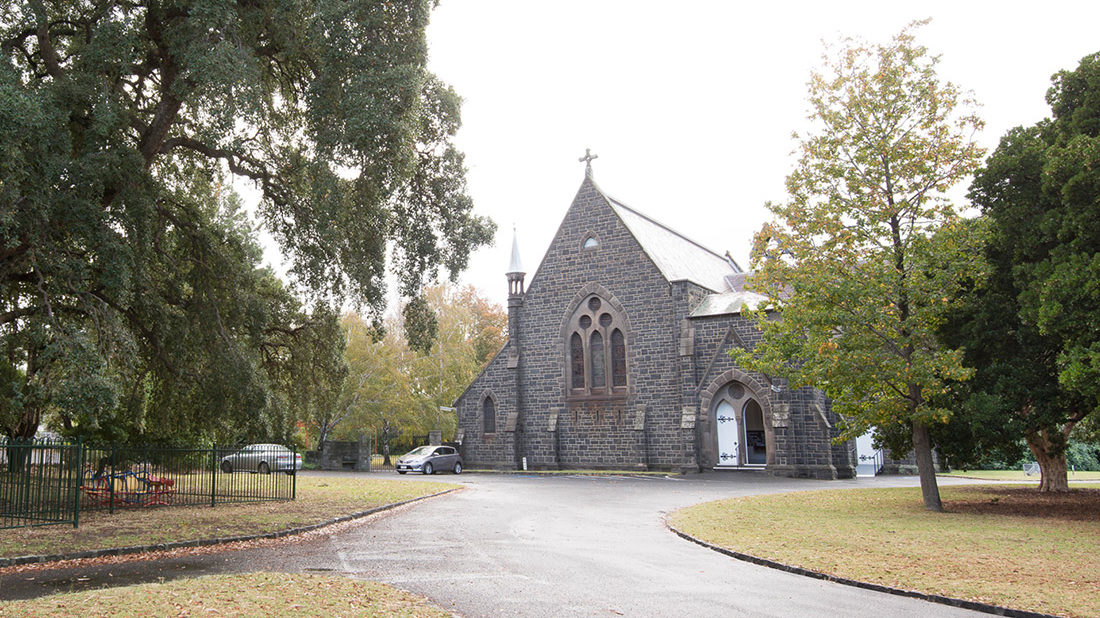
07 Feb Theology and Church Viability
It is a cliché of our times that churches are declining. Dwindling membership is a fact of life for many congregations. But not for all churches. Certainly not outside the West, where Christianity is rising in many nations. In Australia, some denominations are growing, such as the Pentecostals, whose youth-driven expansion began to take off in the 70’s. Their growth has lifted them from attendances of around 10,000 in the early 1970’s, to over a quarter of a million today. Australian Pentecostal overtook Anglicans in weekly attendances about a decade ago. At past growth rates, they will have four times the Anglicans’ attendance in 20-30 years.
What are the keys to church health? This question has been exercising some Australian Anglicans’ minds recently because of sustainability crisis in a number of Australia’s smaller dioceses. Growing awareness of the problem led to a Viability and Structures Task Force report, presented to the Australian General Synod in 2017.
It is costly to live as an active, worshipping Christian. Handing over your money each week; forgoing deliciously lazy Sunday mornings in bed; saying ‘no’ to your children’s Sunday morning sport options; serving in a church ministry – all these come at a cost.
Sometimes we are told that the key to the church’s flourishing is to embrace progressive social change. This was John Shelby Spong’s thesis in his book Why Christianity Must Change or Die. Bishop Spong suggested that churches must move on from their orthodoxies and time-honoured interpretations of the Bible and let their faith be transformed in the direction he was himself treading.
An important recent Canadian study, published in the Review of Religious Research, put Spong’s thesis to the test. David Haskell, Kevin Flatt and Stephanie Burgoyne investigated 22 mainline congregations in Ontario. They found that theology was a significant factor in church growth, but in the opposite direction to Spong’s prediction. More conservative theology predicts growth, while more liberal theology predicts decline.
An interesting correlation found in the Ontario study was that the clergy lead growth or decline by their theological position. In declining churches clergy are more theologically liberal than their congregants, but in growing churches, clergy are more theologically conservative. For example in growing Ontario churches 93% of clergy and 83% of members believed in the bodily flesh-and-blood resurrection of Jesus Christ, but in declining churches, 67% of worshippers and 56% of clergy believed this. Likewise, 100% of clergy in growing churches and 90% of their congregants believed God answers prayer by performing miracles, but in declining churches only 80% of worshippers and 44% of clergy believed in miracles. Another way of putting this is that declining churches appoint clergy who are more liberal theologically than themselves: growing churches do the opposite.
The focus in the Ontario study was on theological attributes, however it is possible to combine cultural innovation with theological conservatism. For example Australian Pentecostal churches began to embrace contemporary music styles at the end of the 1970’s, when the tail end of the baby boomers were coming of age. At the same time, many Anglican congregations, often more theologically liberal than Pentecostals, held on to more conservative musical styles which alienated baby boomers, whose musical tastes tended more to rock and roll than 19th century “Hymns Ancient and Modern”.
A fascinating comparison emerges from General Synod’s Viability and Structures Task Force Report. In Sydney one in 10 ‘census Anglicans’ attends church on any given Sunday, but in Brisbane it’s only one in 50 that makes it to church. Could this reflect the long-term impact of Sydney’s theological conservatism? Melbourne, which is a mix of theological conservatism and liberalism, sits somewhere halfway between Sydney and Brisbane in this respect, with one in 20 census Anglicans in church each Sunday.
In a sense none of this is rocket science. The Canadian study found clergy and congregants in growing churches were more motivated to take Jesus’s words literally to ‘go and make disciples’. All pastors of growing churches believed that it is ‘very important to encourage non-Christians to become Christians’. On the other hand, half the clergy at declining churches felt it was not desirable, and even insensitive to try to convert non-Christians. Since God has no grandchildren, a policy of non-conversion is a choice for a church to decline and ultimately to disappear.
It is costly to live as an active, worshipping Christian. Handing over your money each week; forgoing deliciously lazy Sunday mornings in bed; saying ‘no’ to your children’s Sunday morning sport options; serving in a church ministry – all these come at a cost. When churches assimilate to the views of the surrounding culture, it gets harder for people to answer the question posed by sociologist John Carol in the Australian just before Christmas “What does Jesus provide that we couldn’t get elsewhere?” The church’s age-old answer is ‘salvation’, a supernatural act of God’s grace. If churchgoers themselves don’t believe in saving the lost and making disciples, it can hardly be surprising that people will find better things to do on a Sunday morning.


No Comments